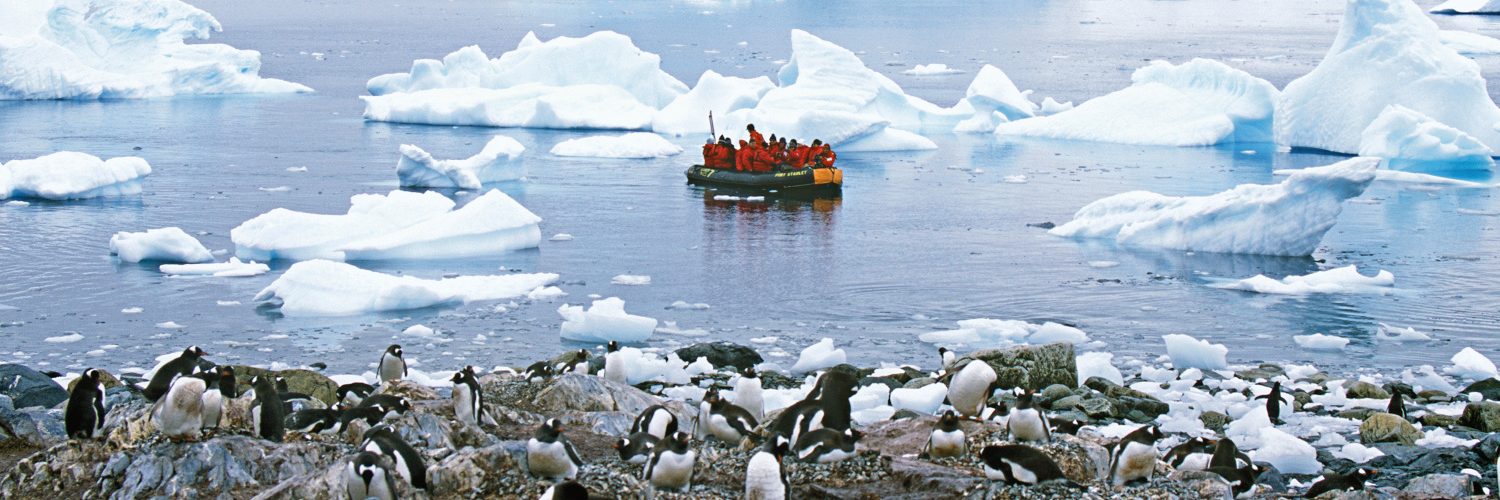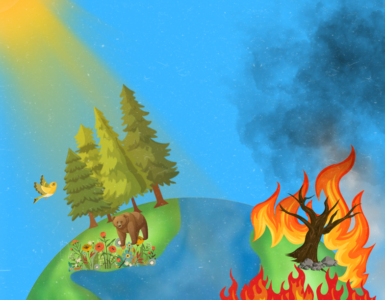It’s a mysterious place, one that apparently hasn’t seen rain in the last 2 million years. A “frozen Sahara”. A place of refuge for those afraid of snakes, being the only continent without reptiles. A white landscape full of space debris, with 300 underground lakes that are heated by the earth’s core, and winds with speeds that reach 320 kilometres an hour! It looks like a set from a science fiction movie, but it isn’t. It’s one of the two polar regions of the planet: Antarctica.
The most southerly and largest continent on Earth has an area of 14,000 square kilometres, of which 98% is covered by ice. But what happens under the ice? The rich deposits of fossil fuels and natural resources are what powerful countries have turned their attention to. This massive wealth lay untapped for years, due to the harsh weather conditions that make the region particularly inhospitable. But now, the environmental crisis comes into play. With climate change and the melting of the ice, this enormous natural wealth has suddenly become accessible to anyone willing to “go to extremes” – both literally and metaphorically – in the name of financial gain.
All areas of human activity as well as entire countries, even those that have never shown any previous interest, are now turning their attention to the coldest part of the planet. The diplomatic world is therefore beginning to wonder to what extent the issue of Antarctica will raise the stakes on the international geopolitical chessboard. What exactly is going on? Who stands to gain from this attempt to shed light on a mysterious area that remains dark for six months of the year?
Man first reached the South Pole in 1911, when Norwegian explorers carried out the first successful campaign, thus broadening existing economic and geostrategic horizons. After that, many countries, such as Argentina and Chile, managed to place their flags on the frozen surface, leading to territorial claims and disputes between nations. This in turn led to the Antarctic Treaty, now ratified by 54 countries, which advocates peaceful scientific cooperation between nations, while forbidding any military action on the continent. In other words, Antarctica is the only place on earth that doesn’t belong to anyone!
Nevertheless, there are major interests at stake and the theory behind the Treaty is very different from what actually goes on in practice. The Treaty is supposed to ensure stability in the region, but unfortunately, its validity is not universally acknowledged, making it difficult to deal with a variety of issues, from climate change to geopolitical conflicts.
Scientist and diplomats worry that the existing system will not be able to stand up to the new pressures. What is at stake here is the last remaining primordial continent, one that contains the greatest deposits of freshwater on the planet, possibly huge deposits of oil and gas, and which probably holds the key to our understanding of climate change and the rise in sea levels. It is a harbinger of the course of climate change as well as an area of intensive fishing due to depleted fish stocks elsewhere. And it is not just scientists that are drawn to the area, but also tourists.
Antarctica, a present-day “bone of contention”, is undoubtedly an area of enormous geopolitical and scientific interest. As the ice melts, its rich resources are emerging, as are burning issues of international security and protection of the planet. History has taught us that such situations more often than not lead to armed conflicts.
So, will man end up sacrificing this planet’s last pure continent at the altar of wealth and power?
* This article has been published in issue #21 of “Migratory Birds” newspaper, which was released as an annex with “Efimerida ton Syntakton” newspaper (Newspaper of the Editors) on May 29th 2021.









Add comment